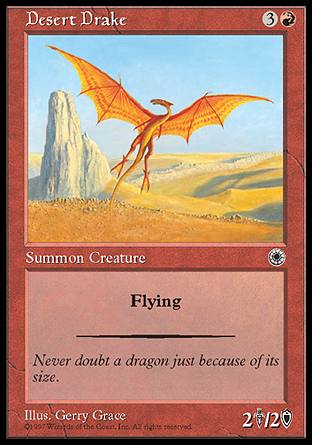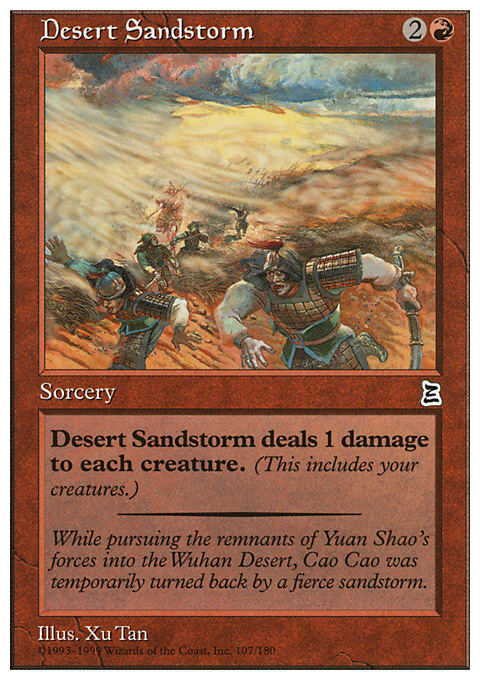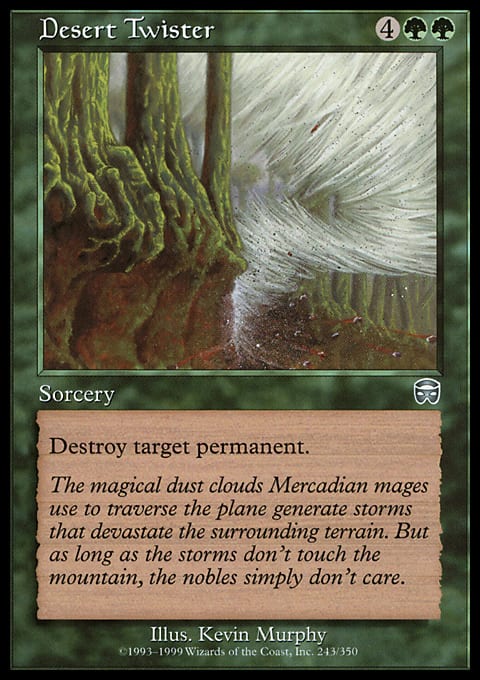Trading Card games, by their very nature, are random. Still, there are Vorthoses out there determined to craft a cohesive narrative through the cards featured in their decks, cubes, and sets. Heck, Wizards’s own creative team does everything in their power to try and deliver a cohesive storyline to us each set utilizing a randomized media. While crafting a narrative may seem insurmountable at first glance, fear not! In today's article I have compiled a few tips and tricks you can use to help ensure your story is told (and in the correct order).
Tools of the Trade
The nature of a trading card game is vastly different from that of a novel. By their very nature, TCGs are random, and the audience will receive their pieces in a random order. In order to tell a cohesive story, the creative team has tried producing a novel’s worth of free written content alongside the card game itself, serving as the primary medium in which the story is told. While it is the easiest approach to solving the TCG storyline problem, accompanying a deck, cube or custom set with a fully written novel explaining the lore is not something the average player is capable of. What players interested in building a narrative can do is utilize different aspects of Magic in order to increase the chances of other players experiencing cards in the correct order. The following is a list of all the different tools that can be used in order to ensure your story not only reaches your players, but that it does so in the proper order (most of the time).
What tools does do you have at your disposal to help tell your story?
- Frequency
- Rarity
- Achievements
Frequency
Applies to: Deckbuilding, Cube Construction
When creating a decklist or cube, there may be certain aspects of your narrative that you want other players to experience either in greater volume, or chronologically prior to other aspects of your list. When building a deck, let us imagine that you want to create a narrative where a large group of elves come together in order to summon and control a large nature elemental. Sure you could easily throw together a list consisting of a few mana-producing druids and enough large beasts to ensure they always have something to summon, but if your frequency is off, there will definitely be games where you never draw into a mana elf before you are able to hard-cast one of your larger creatures, ruining your decks narrative. By amping up the frequency of elves in your deck, and lowering the frequency of large creatures, you can better increase the chance that your deck will create the narrative you were shooting for.
Call of the Druids | Ant Tessitore
- Creatures (26)
- 4 Llanowar Elves
- 4 Elvish Mystic
- 4 Elvish Archdruid
- 4 Devoted Druid
- 4 Greenweaver Druid
- 3 Force of Nature
- 3 Gaea's Revenge
- Spells (12)
- 4 Chord of Calling
- 4 Primal Command
- 4 Tooth and Nail
- Lands (20)
- 20 Forest
Now this is an extreme example, but you get the idea. The frequency of mana producing elves and monster summoning spells in the decklist above greatly outweighs the number of large green elemental creatures, which would help to ensure that the gameplay narrative of “a bunch of druids coming together to summon an elemental beast” comes through the majority of the games you play with the deck.
Frequency can also be applied to your cube as well. Do you want to build a cube that creates an interesting narrative for your players? By changing the number of copies of a particular card in your cube list, you can greatly alter the player’s experiences when drafting and playing your cube. Another extreme example, perhaps you want to create a cube that evokes a feeling of playing on a plane covered in sprawling deserts inhabited by bands of nomads, schools of flying drakes, occasional sandstorms and every once in a while a devastating desert twister. In order to deliver this narrative, you could include a number of copies of the card Desert so that on average, 1-2 deserts would show up in every booster pack constructed from your cube. You could have a number of Desert Nomads and Desert Drakes so that every booster had at least one or the other. You could make it so that 1 in every three boosters had a Desert Sandstorm, and at least 1 in every 8 players would open up a Desert Twister. Just by playing with the numbers every one of your players will walk away from drafting your cube knowing more about the world you are trying to create. They will be able to tell you just from playing your cube that the world is covered by deserts populated by nomads and drakes, and suffers semi-frequent sandstorms and the occasional twister.
Rarity
Applies to: Custom Set Creation
If you are a Vorthos who also has interests in crafting your own custom Magic sets, chances are you will be concerned with creating a story for your set that shines through in the cards themselves. It is important to remember that in order to ensure your audience is experiencing your story in a correct and cohesive order one of your most potent tools is rarity. By applying differing rarities to your important story point cards, you can better increase the chances of your audience experiencing those cards in the order you meant for them to be encountered in. Let’s say you have a story point that you want to get across in your set. In order to best deliver this point, you need players to see cards A, B, C in that order. By making card A a common, card B an uncommon, and card C a rare you can increase the chance that any given player will open cards with important narrative elements in the correct order. Let’s look at a large set as an example:
This large set has 101 Commons, 60 uncommons, 53 rares, and 15 mythics. In each booster opened by a new player they will see 15 random cards. (10 common, 3 Uncommon, 1 Rare/Mythic and a Basic/foil). For this set, there are three cards that help tell the main story of the set where a knight obtains the magical power to fly so that she can fight and defeat a dragon overlord. Card A is a common that shows the knight gaining an enhanced ability to fly. Card B is an uncommon that shows the knight and dragon fighting, and card C is a rare showing the knight killing the dragon. For every single booster pack opened by a player, that player has a 9.9% chance to open the common card, 6.6% to open the uncommon, and 1.9% to open the rare. Though it might seem small, when your story is being delivered in a completely random order any edge you can gain is vital in ensure more players are able to experience the narrative in the proper order.
Achievement Cards
Applies to: Cube, Custom Set Design, the Kitchen Table
Prerelease packs have come a long way since earlier days of Magic and can do wonders to help further the story. Between the flavorful faction packs that have become popular to the achievement cards, the pre-release packs do a great job of immersing each player into the story trying to be told through the game itself. Theros used the prerelease packs to great success in helping to immerse the players into the story and the world it took place in.
 |  |
In Theros block we decided what kind of hero we wanted to be and even worked to forge a god-slaying weapon. These additional aspects of the pre-release can be useful in helping the players become part of the story unfolding around them. When you are crafting a custom set or a cube that has a certain theme you wish to get across to your players, try supplying them with a custom-made achievement list. This list can be things you want your players to do in game in order to help ensure that everyone is helping to craft the narrative you envisioned when crafting that set or cube. For example, let’s say you have created the desert cube discussed above. You could create achievements like the following:
- Desert Champion: Attack with a creature against a defending opponent controlling 3+ untapped deserts
- Scourge of the Sands: Kill 5+ creatures with damage from cards with the word “desert” in them
- Desert Bandit King: Attack with 6+ Desert Nomads in a single turn
By working to complete these different achievements, your players will be helping you craft the stories you have envisioned through the actual gameplay. However, getting some players to do something other than win in the most efficient way can sometimes be difficult. In order to entice those more stubborn players and further increase the immersion into your story (and increase the fun around your kitchen table) offer small emblems to players for completing such achievements. Make a “Desert Champion” emblem that grants creatures controlled by that player protection from deserts, or a “Scourge of the Sands” emblem that says “Deserts you control have: “T: deal 1 damage to target creature.”” These emblems will entice your other players to follow along and try to complete the achievements you set out for them while also furthering the narrative you are trying to craft.
Create Some New Stories
Each of these tools, when used correctly, can help to ensure that each of your decks, cubes, or set’s story is experienced in a way that makes sense to the highest volume of players. By utilizing these tools you can help to make sure that your stories are coming through loud and clear for everyone involved.



























